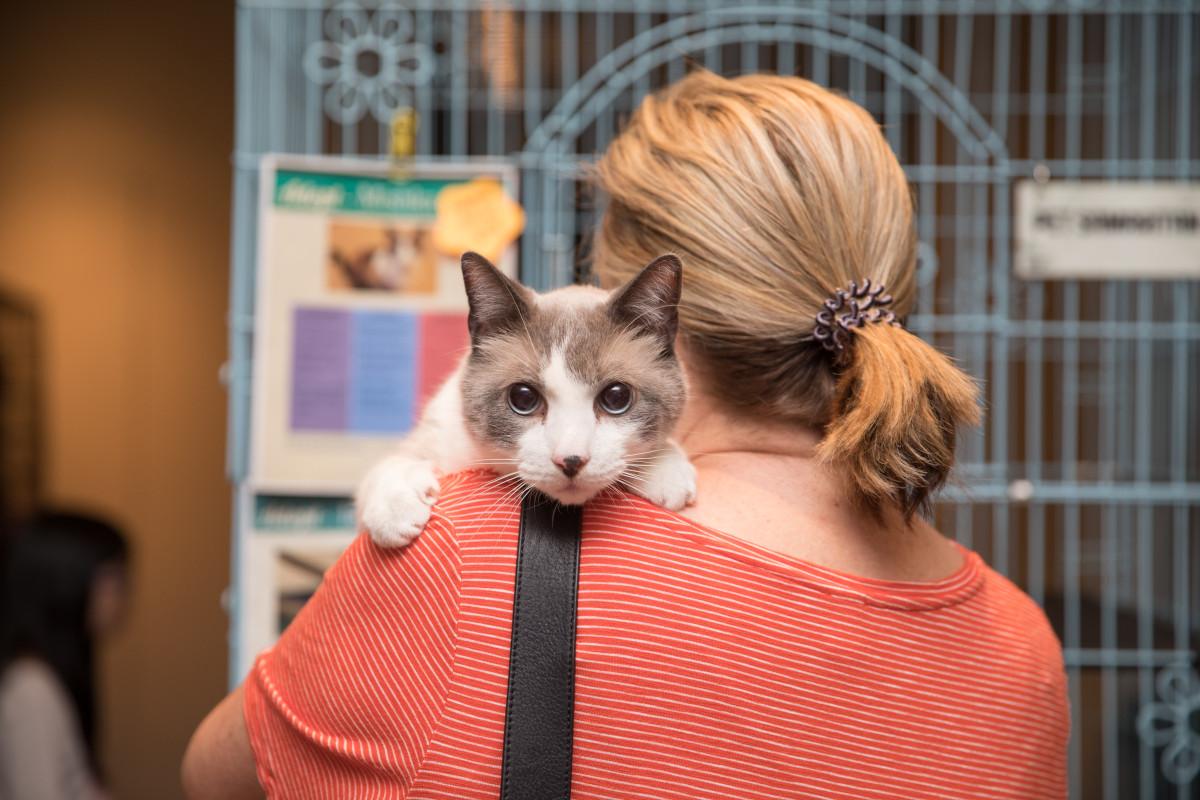Best Friends Animal Society Press Release
Best Friends Animal Society recently released its annual data report, which gives the most accurate and comprehensive national overview of the number of dogs and cats that enter and exit shelters in a given year.
Although the state experienced only a slight increase in intake, the number of pets killed from 2021 to 2022 almost doubled.
Best Friends is celebrating multiple communities who achieved no-kill status during 2022, including new to no-kill shelters, Animal Care of Davis County, Uintah Animal Control and Shelter Special Service District, Riverton City Animal Control, and Blanding City Animal Control.
Additional congratulations are deserved for groups, including Sandy City Animal Services, which is only 0.1% away from no-kill status, a huge accomplishment. To see the full list of no-kill shelters in Utah, please visit bestfriends.org lifesaving dashboard.
Throughout the state, there are now only 13 shelters who have yet to reach no-kill status, with the largest gaps for lifesaving existing in Utah County. Additionally, Utah County’s lifesaving gap is made up of 870 cats, which accounts for almost half of the total lifesaving gap in Utah state.
To continue the progress to a no-kill Utah, the community, local government officials, and shelters need to work together on pet lifesaving, reducing the barriers to adoption, and increasing the efforts to help keep pets in homes.
Also, by implementing best practice programming for Community Cat Programming, a common-sense, cost-effective solution for managing populations of unowned, free-roaming cats (sometimes called stray, feral, or “community cats”), the state will be able to prevent additional births and help reduce the cat population over time.
Utah reflected what the data showed nationally: the number of dogs and cats killed in U.S. shelters had a setback, with an increase to around 378,000, up from 355,000 in 2021.
This was largely due to shelters experiencing higher intakes and lower adoptions. Targeted programming proven to save more lives, including partnerships between no-kill and not yet no-kill shelters, as well as shelters and rescue groups, Best Friends staff embeds, cat and big-dog-focused initiatives, and advocacy work, can help fix the problem.
“Utah continues to make significant progress in pet lifesaving, but we have our work cut out for us to make the state no-kill by 2025,” said Michelle Dosson, Executive Director, Salt Lake City, Utah & Mountain West Region, Best Friends Animal Society. “By continuing to collaborate with local shelters and rescue groups, government officials and the community, as well as implementing proven and effective lifesaving programs like Community Cat Programming, I am confident that Utah will continue to make great strides in pet lifesaving over the next few years.”
Individuals can help save lives by choosing to adopt from a shelter or rescue group instead of purchasing from a breeder or store, spay or neuter their pets, foster kittens or an adult dog, and volunteer, donate, and advocate for proven lifesaving programming for pets. For more information, visit bestfriends.org.


